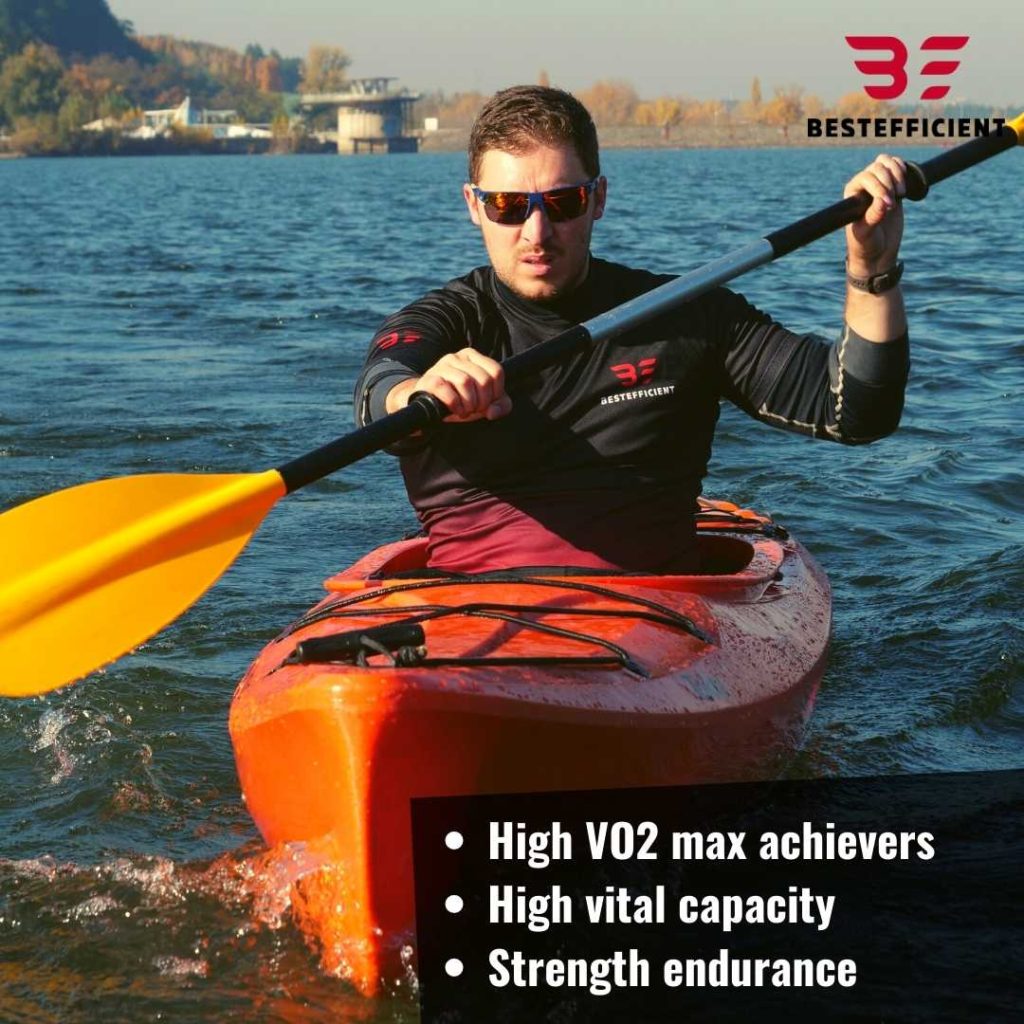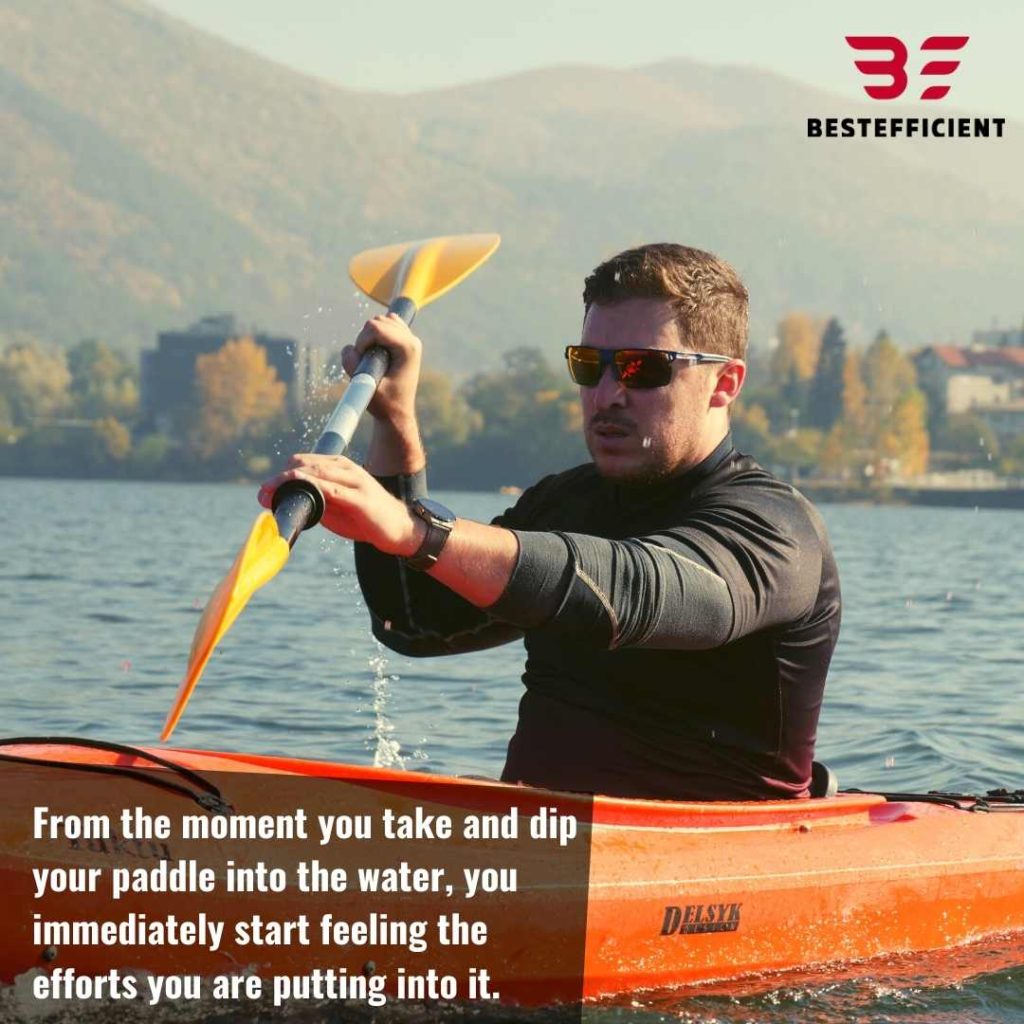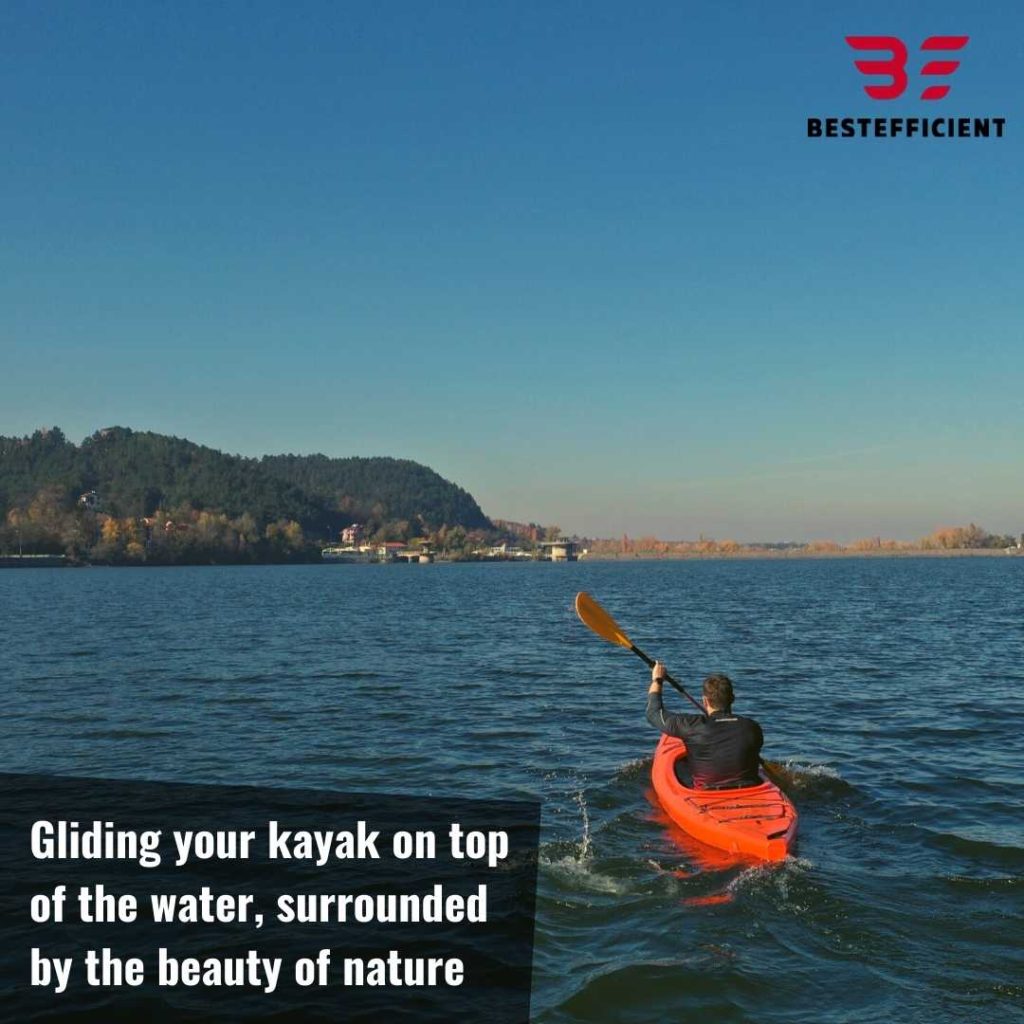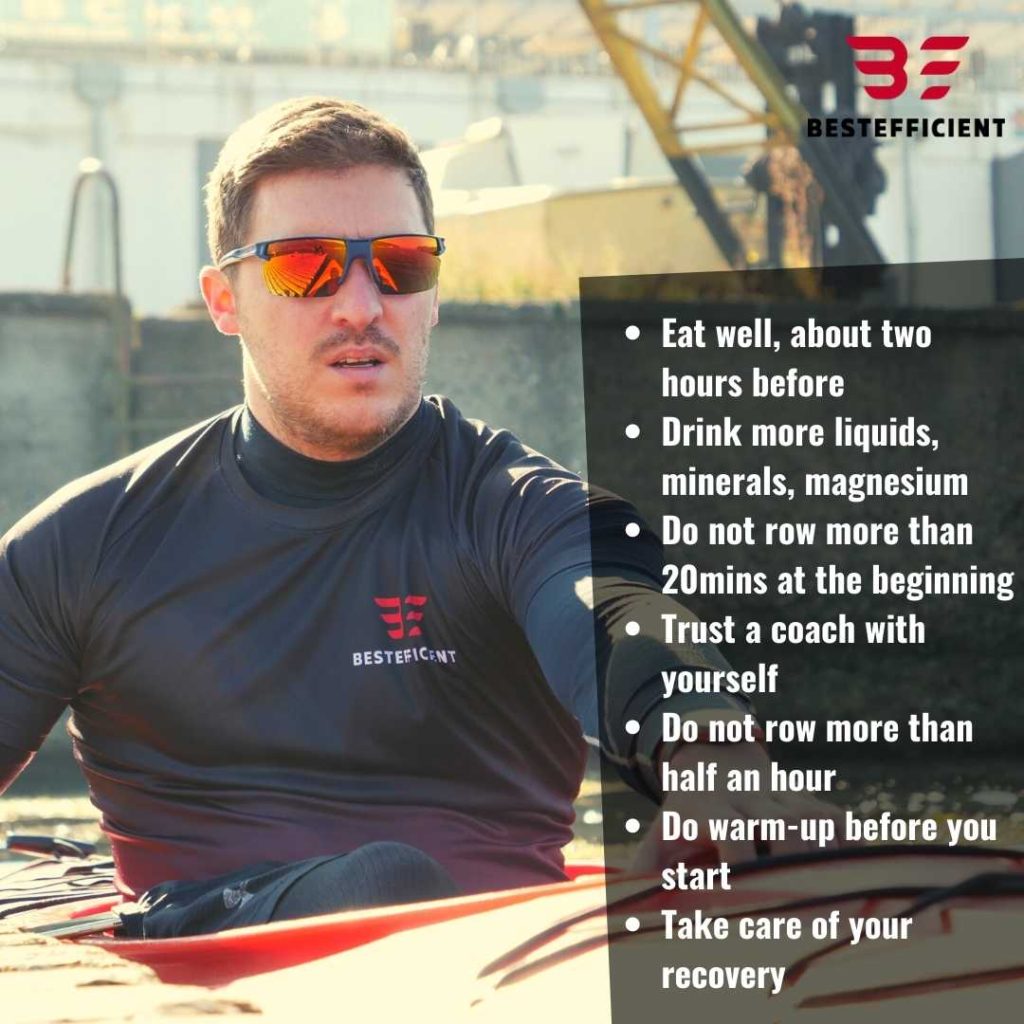Gliding on top of the water in your kayak, surrounded by the beauty of nature, while passing by a flock of birds. Being able to see the snow-covered slopes of Vitosha mountain in the distance, and at the same time being only 15 min car ride from the town center of Sofia… Priceless!
This probably is not the first sensation you’d expect from kayaking, but there is a moment when you do realize that with it you have actually managed to escape it all. The e-mails, the meetings, the phone calls (especially if you drop your cell in the water, which I did). Meanwhile, you are indeed close enough to the city, in order not to feel cut away from civilization.
Lately, all of that is totally possible all the way from early March to late November… all of that except for the mountain. No, I mean the mountain is there, only it is not always covered in snow.
This article is a little different than usual. I have invited as a guest a professional that I respect a lot.
The coach of sports club „Sport for You and Me“ – Krassi Stoycheva. She can tell us more about this wonderful sport and the opportunities it provides to people. Especially children who choose to have the lake as a sort of a second home.
Rowing and Your Body
The truth is that canoeing and kayaking, and rowing, in general, are some of the best sports for functional and all-rounded development.
The bodies, shaped with this sport are indeed the product of endless hours of hard labor. Symmetric and aesthetically develop as they are. Also are exceptionally efficient in terms of muscle work.
The kayak is light and relatively narrow vessel. It is driven by human power with the help of a paddle. The person rowing is seated in the direction of sailing and rows from front to backward, alternating the sides of the boat.
Kayaking is a cycle sport similar to running, swimming, and biking, which means these are sports where the repletion of movements happens in cycles, whereby the end of one cycle puts the beginning of another.
Defining by the people rowing in the boat it can be for one or two people, or even for four.

It has been scientifically proven that the canoeing and kayaking athletes develop valuable qualities such as:
- High lunch capacity, immediately following basketballer and volleyballers
- high VO2 max achievers, parallel to cycling, skying, and marathon athletes
- Relatively high Strength endurance
- Fully and holistically developed muscles
- Feel for and confidence in the water
From the moment you take and dip your paddle into the water, you immediately start feeling the efforts you are putting into it.
The tension in the arms, the work of the back and shoulders, the throwback of the legs, the engagement of abs into the rotation of the core. It all needs you to be engaged holistically to propel the boat ahead and to be able to get what I called above “gliding on top of the water”.
Of course higher speed in kayak comes at the expense of enormous effort.

A little background of kayak
This mesmerizing sports activity, which meets us with nature in one of the most wonderful ways – in water – is in fact aeons old, starting with Eskimo who created their first canoes, dressing with leather skeletons of animals thrown out by the sea.
For the first time, it dips into Olympic waters in 1924 as a demonstrative sport, and as a fully recognized member of the Olympic family 12 years later in the Olympic games in Berlin ’36.

Different formats and disciplines in kayak
Competitive kayaking or kayak sprint
is a well-known sport from the family of Olympic Games. It has been present in the schedule of every Olympic edition since the one in Berlin in 1936 when it was officially registered.
Kayaking takes place in calm waters and the distance may vary from a 200 m sprint to a 5 000 m marathon.
The body of the boat is narrow and long with a maximum allowed length of 520 cm in the case of one-person boats to 11 m for the four-person kayaks. The weight is limited to a minimum of 12 kg in the first case and a minimum of 30 kg in the latter case which makes boats very fast.
Engineering efforts related to making the boats more aerodynamic and hitting the precise proportions needed are almost as great as the ones of rowing athletes that compete with them. Nowadays kayaks have had wood and steel replaced with more modern materials such as carbon, Kevlar, fiberglass so that they are much lighter and the same applies to the paddles; the width of the boat only exceeds the rower’s body with a tiny bit. Thus it is very unstable, but also extremely fast.
There also exists maritime or ocean kayaking, known as surf-kayaking;
Typical for Australia and combines rowing with surfing via reading the ocean currents, which could become quite extreme by facing the kayak with storms and huge waves.
It is commonly employed by coast guards and surfer patrols down under. An interesting fact is that these people sometimes carry out up to 9 000 rescue missions a year – can you imagine?
Specific about this boat is the fact that the rower sits on top of it and not inside the cockpit. It is extremely fast and in undisturbed water, only the Olympic K1 can be faster than that; however, it is much more stable, which is crucial to surviving in the open waters of Australia.
There is also kayaking in fast water, which is extremely spectacular but a very risky sport. Often draws adrenaline junkies (fans), and is performed in many ways. The most popular one of those remains the kayak slalom – an Olympic sport since the 1972 games in Munich. It was off for a while but was restored in 1992 at the Barcelona games as part of the highest sports forum in the world.
What is peculiar about the boats is that they are shorter – between 3.50 m and 4.10 m and broader. This makes it more stable and maneuvering. Given the extreme conditions that the athletes are competing in.
Touristic kayak
The most popular form of kayaking that the vast majority of people have encountered is the touristic kayak. Probably to some extend – the sports kayak, as the achievements of Bulgarian rowers have grown over the years.
The touristic kayak is relatively more comfortable, with the cockpit more “spacious”, to help beginners getting in and out of it.
The boat itself is wider and shorter, which makes it more difficult to flip down in the water and also relatively easier to navigate.
Prepare for your first rowing
Certainly, even the longest journey starts with just a step. So do yours by following these tips:
- Eat well, about an hour and a half or two hours before going for a row
- Do prepare a second set of clothing, because you will get wet. Take a pair of sports shoes for water sports or at least a pair of flip flops.
- Kayaking is a sport that takes place in water, but it’s difficult to drink while you row. Take care of your hydration and energy beforehand. Drink water before the workout. It’s even better to add electrolytes and minerals.
- The efforts that you put into it, should be conscious. And most of all directed in the proper direction, so trust a coach with yourself
- Do not row more than half an hour the first time you try it.
- Similar to any other sports activity, regardless if you are a beginner or not – do a warm-up before you start.
- Regardless if it’s warm or cold, immediately after rowing – change. If you can – drink more liquids. Take some Magnesium (unless you have medical advice, not to), and stretch – this will help your recovery.


